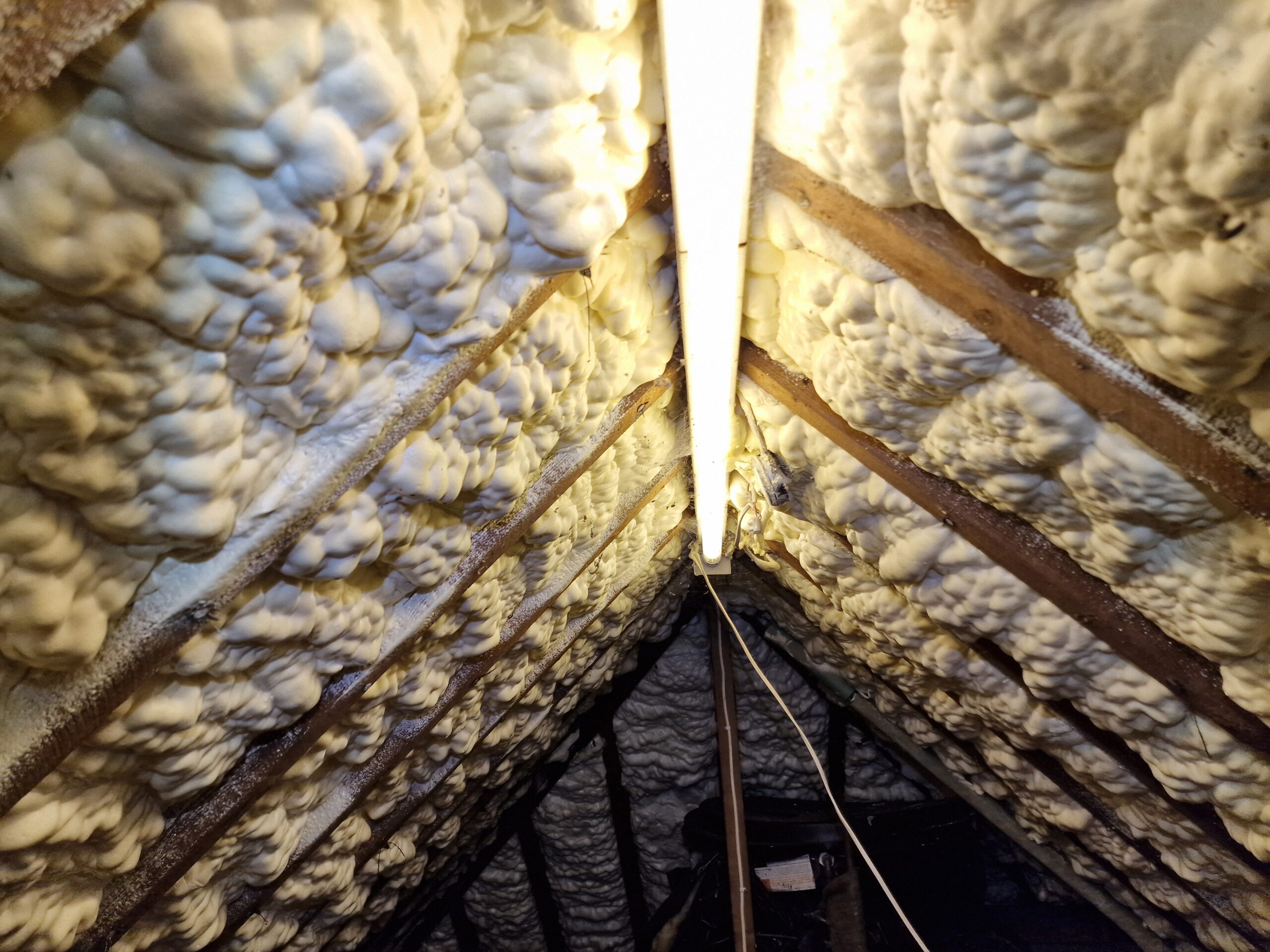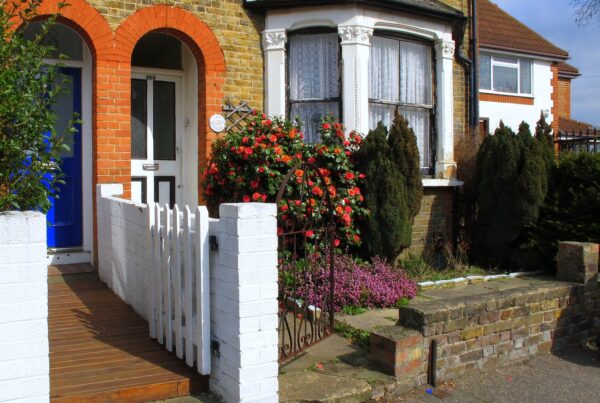Spray foam insulation has grown in popularity as a way to improve energy efficiency in homes. However, recent headlines have highlighted significant risks associated with its installation—risks that can impact homeowners’ ability to sell, remortgage, or even maintain their properties. At SterlingWorthGroup, we aim to shed light on this issue, helping homeowners make informed decisions.
What Is Spray Foam Insulation?
Spray foam insulation is made from liquid polyurethane that expands into a foam, creating an airtight seal. This material can be highly effective at reducing heat loss, lowering energy bills, and improving overall comfort in homes.
There are two types:
Open-Cell Foam: Lightweight, flexible, and breathable, this type is typically used in spaces where ventilation isn’t an issue.
Closed-Cell Foam: Dense and rigid, it offers better insulation but may trap moisture, leading to potential structural issues if not applied correctly.
While the benefits of spray foam insulation are well-documented, the method and quality of installation are crucial. Poor installations can lead to significant issues, as detailed below.
Why Is Spray Foam Insulation Controversial?
- Structural Risks and Moisture Problems
When improperly installed, spray foam can trap moisture, leading to condensation and decay. A study by the UK government’s Health and Safety Executive found that in some cases, as much as 25% of timber in roofs with open-cell spray foam on bitumen felt could decay within five years. This is particularly common in older homes built before 1960, where non-breathable materials like bitumen felt line the roof.
Stephen Hodgson, a building consultant and spray foam inspector, has identified three major problems:
- Spray foam installed over existing loft floor insulation, increasing the risk of condensation.
- Foam applied to non-breathable roof linings, where vapour becomes trapped and leads to decay.
- Poorly applied foam with gaps and inconsistencies, creating cold patches and water build-up.
- Such defects highlight the importance of professional assessment before and after installation.
- Mortgage and Insurance Challenges
A significant concern for homeowners is that spray foam insulation can deter mortgage lenders and insurers. Mandy Hutson, a homeowner in Newport Pagnell, learned this the hard way. After installing spray foam under the government’s Green Homes Grant, she attempted to sell her home in 2024 but found that lenders rejected mortgage applications for prospective buyers. Even with a warranty for the foam, lenders remained hesitant because the insulation obstructed visibility of roof timbers.
In response to these challenges, the Property Care Association (PCA) introduced the Sprayed Foam Insulation Inspection Protocol in 2023. This initiative aims to standardize assessments for roofs with spray foam. However, only a handful of surveyors are currently trained under this protocol, and many installations fail to meet acceptable standards.
Additionally, equity release lenders continue to reject homes with spray foam unless it is removed, leaving homeowners like Mandy and her mother Sue stuck in a difficult position. Removal costs can range from £5,000 to £10,000, further complicating the issue.
- Marketability and Removal Costs
Spray foam can also make properties harder to sell. Buyers often face limited financing options due to lenders’ reluctance, forcing homeowners to either remove the foam or reduce their asking price. Removal itself is an expensive and invasive process, often requiring partial dismantling of the roof structure.
James Berry of the PCA notes that many problematic installations were done by “cowboy” contractors who disregarded proper guidelines. Unfortunately, some of these companies have rebranded as removal services, charging high fees while delivering subpar results.
Homeowners are advised to research any removal company thoroughly and check their history on Companies House to avoid being taken advantage of.
Real-Life Experiences: Lessons from Homeowners
Mandy Hutson’s story illustrates the risks of installing spray foam insulation without fully understanding its implications. Using a government grant in 2021, she installed the foam in her loft and saw an immediate reduction in heating bills. However, when she tried to sell her house, prospective buyers were unable to secure a mortgage due to the insulation. Quoted £8,000 for removal, Mandy was left with no choice but to take her home off the market.
Her mother, Sue, faced similar challenges after installing spray foam in her bungalow. Estate agents were immediately concerned, and selling the property now seems unlikely without removing the foam.
These cases are not isolated—an estimated 250,000 UK homes have spray foam insulation, and many homeowners are facing similar dilemmas.
What Can Homeowners Do?
If you’re considering spray foam insulation or already have it installed, there are steps you can take to minimize risks:
Assess Installation Quality – If your insulation was installed through a government scheme, ensure it was done by a TrustMark-registered company. Documentation such as warranties and compliance certificates can help reassure lenders.
Seek a Professional Inspection – Consult a trained surveyor to evaluate the condition of your roof. The PCA’s new protocol provides a framework for these assessments, though availability remains limited.
Explore Safer Alternatives – Consider traditional loft floor insulation, such as mineral wool or rigid boards, which are less risky and widely accepted by lenders and insurers.
Weigh Removal Options Carefully – If removal is necessary, research contractors thoroughly. Avoid companies with a history of poor installations and opt for reputable services like Vac-Xtract or Britt & Co.
Advocate for Industry Reform – There’s a clear need for better regulation in the spray foam insulation industry. Homeowners can pressure policymakers to ensure future installations are safer and more transparent.
Looking Ahead: Should You Install Spray Foam?
While spray foam insulation offers clear benefits in terms of energy efficiency, the risks it poses to property value, marketability, and structural integrity are significant. Homeowners should carefully weigh these factors before deciding.
At SterlingWorthGroup, we’re committed to providing unbiased advice to help you make informed decisions about your home. If you have questions about spray foam insulation or need a professional survey, we’re here to help.
Contact us at SterlingWorthGroup.co.uk for more information or to book a consultation.










